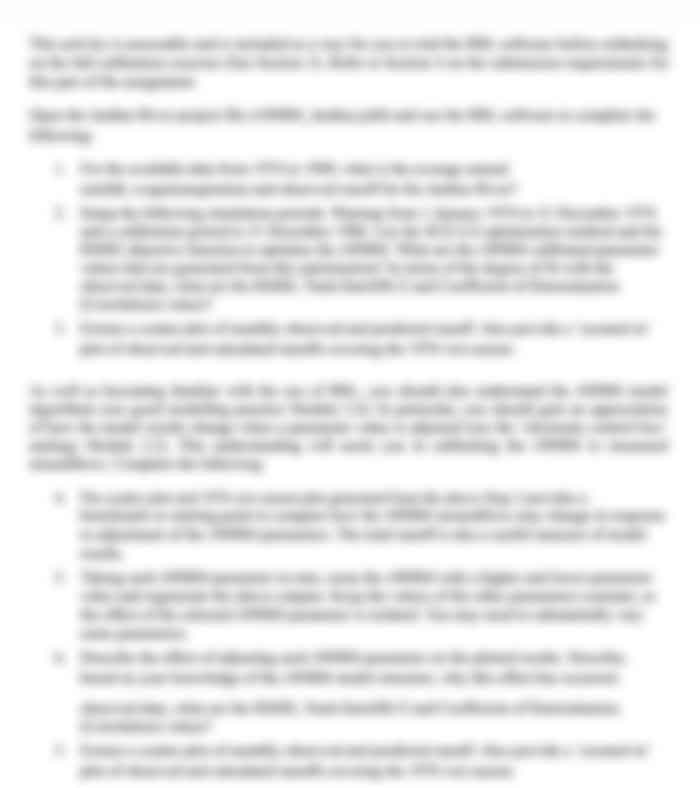HLSC220 Health Care Ethics Summative Assessment
- University :
Australian Catholic University Exam Question Bank is not sponsored or endorsed by this college or university.
Case Study One Part A
John works in the emergency department of a busy tertiary hospital. It is the middle ofwinter, and the hospital is running at full capacity with all beds occupied. An Influenzaoutbreak has affected a significant number of hospital staff across all areas. Providingsufficient staff for care delivery has been particularly challenging over the past twoweeks.
Questions 1 & 2 relate to Part A of the case study
1. Define the bioethical principle of justice and discuss the relationship betweenjustice and the provision of health care resources. (200 Words).
2.Define utilitarianism explain how this theory could be applied to this situation.(200 Words).
Case Study One PartB
John is concerned with his personal safety and the safety of his family. He and his wifehave had their Influenza vaccine however they have twins that are only 3 months oldand cannot be vaccinated until they are 6 months old. John is wondering if he shouldtake some time off work to protect his family. However, he knows this will furtherreduce the limited staffing in the emergency room.
Question 3 relates to Part B of the case study
3.Define deontology and discuss Johns situations from a deontological perspective. (200 Words).
Case Study One PartC
Several of Johns non-health care provider friends are refusing to get the Influenzavaccine stating they are not afraid of a little flu and it is their right to choose to getvaccinated or not.
Question 4 & 5 relate to Part C of the case study
4. Define the bioethical principle of autonomy and discuss autonomy as related tothese perspectives (200 Words).
5. Describe the notion of ethical relativism and discuss this notion as it relates tothe case study. (200 Words).
Parvati works in a residential aged care facility that provides a living environment forolder people living with dementia. Many residents in the dementia unit have advancedcare directives however some residents do not. Residents without an advanced caredirective do not have guidelines for resuscitation or life-sustaining treatment. This maycreate an ethical dilemma for staff providing care.
Questions 6, 7 and 8 relate to this part of the case study
Case StudyTwo PartA
6. Define consequentialism and discuss the care of residents requiring resuscitationor life-sustaining treatment without advanced care directives from a
consequentialist perspective. (200 Words).
7.Define the bioethical principle of beneficence and discuss the relationshipbetween beneficence and provision of care for people with impaired cognitive
capacity in a residential aged care facility (200 Words).
8.Define the bioethical principle of non-maleficence and discuss the relationshipbetween non-maleficence and provision of care for people with impaired cognitivecapacity in a residential aged care facility (200 Words).
Case Study Two Part B
The advanced care directive is completed upon admission to the dementia unit.Frequently the health of these persons rapidly declines, where the advanced caredirective may no longer reflect the wishes of the person. This often creates an ethicaldilemma for staff providing care.
Questions 9 & 10 relate to Part B of the case study
9. Define virtue ethics and explain how Pavarti may approach this type of situationfrom a virtue ethics perspective. (200 Words).
insert answer here
10. Discuss the ethical requirements and ethical importance of codes of conduct,codes of ethics and duty of care related to the care of older persons with dementiaor other conditions with impaired cognitive capacity. (200 Words).

